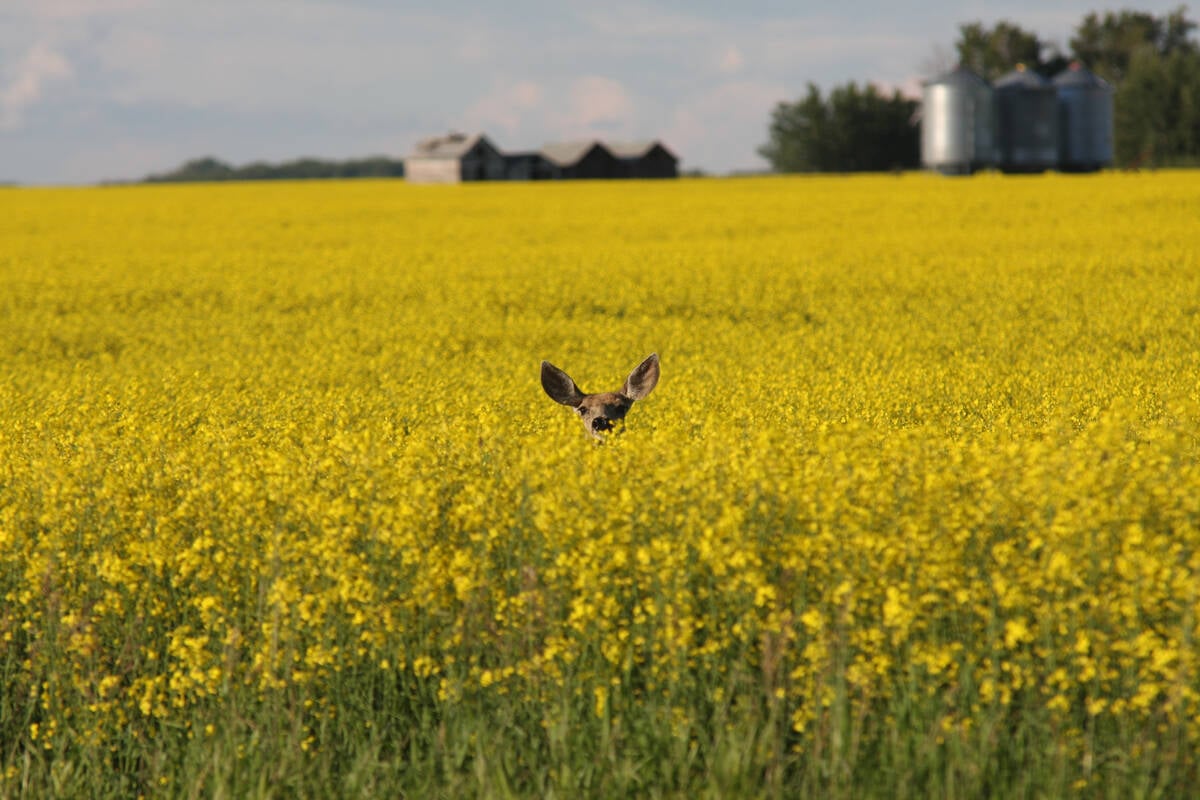A Canadian Wheat Board analyst says lower U.S. winter wheat plantings give a good foundation to the 1997-98 market, but don’t necessarily mean higher prices.
Bruce Burnett, of the board’s weather and crop surveillance department, said the drop of about seven percent in seeded acreage was a lot more than what anyone expected.
“But we have to read caution into this because it doesn’t necessarily translate into a reduction in U.S. production next year.”
He noted bad weather forced farmers to abandon many fields and reduced yield on others. With better weather, total production this year could be similar to last year’s, he said.
Read Also

Drones now used to assess wildlife crop damage in Saskatchewan
Wildlife damage in Saskatchewan crops is now assessed by drones and artificial intelligence.
Winter acres were down in Montana because of dry seeding conditions. But if moisture is good this spring, those acres could be seeded to spring wheat.
U.S. farmers are generally expected to reduce spring wheat acres due to lower prices, but if weather problems threaten the winter crop, driving up prices, that could trigger more wheat planting this spring.
Overall, the report was good for Canadians, he said.
“It put in a cap. They can’t seed any more winter wheat and if there are any weather problems in any of the major winter wheat growing areas, it is going to cause the markets to react.
“In the U.S., stocks are still very, very tight and even worldwide this would make an impact if they had problems (with the U.S. winter crop.)”














